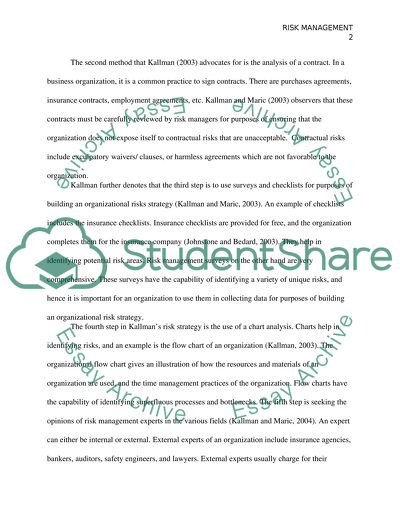Contemporary Social Concerns Research Paper Example | Topics and Well Written Essays - 750 words. Retrieved from https://studentshare.org/finance-accounting/1488423-contemporary-social-concerns
Contemporary Social Concerns Research Paper Example | Topics and Well Written Essays - 750 Words. https://studentshare.org/finance-accounting/1488423-contemporary-social-concerns.


